

Articles
How To Store A Hat
Modified: January 19, 2024
Learn the best ways to store your favorite articles and keep them in pristine condition with our helpful guide on how to store a hat. Find out the proper techniques and materials to preserve your hats for long-lasting wear.
(Many of the links in this article redirect to a specific reviewed product. Your purchase of these products through affiliate links helps to generate commission for Storables.com, at no extra cost. Learn more)
Introduction
When it comes to storing hats, proper care and consideration are essential to keep your headwear in pristine condition. Whether you have a collection of fashionable hats or a cherished heirloom piece, knowing how to store them correctly will ensure their longevity and maintain their shape. In this article, we will provide you with expert tips and guidance on how to store a hat effectively.
Proper hat storage involves more than simply tossing them in a crowded closet or stacking them on top of each other. By following the steps outlined in this article, you can protect your hats from dust, moisture, and damage, keeping them looking stylish and ready to be worn for years to come.
Key Takeaways:
- Proper hat storage involves cleaning, shaping, and choosing the right storage location to protect hats from damage. Whether hanging, using hat boxes, or storing for travel, these methods ensure longevity and stylish appeal.
- Selecting the right storage location, such as avoiding direct sunlight and controlling temperature and humidity, is crucial for preserving the quality and condition of hats. Experiment with different storage options to find the best fit for your collection.
Read more: How To Store Hats
Materials Needed
Before we dive into the various hat storage options, let’s first gather the materials you will need:
- Gentle detergent or mild soap
- Soft-bristled brush or lint roller
- White vinegar
- Lint-free cloth
- Acid-free tissue paper
- Hat boxes or plastic storage containers
- Hangers with clips or pegs
- Drawer dividers or organizers
Having these materials on hand will make the process of cleaning and storing your hats much more efficient and effective.
Cleaning and Maintenance
Before storing your hats, it’s important to ensure they are clean and free from any dirt or debris that could cause damage. Here’s a step-by-step guide on how to clean and maintain your hats:
- Dust off the hat: Use a soft-bristled brush or a lint roller to gently remove any dust or loose dirt from the surface of the hat. This will help prevent it from settling into the fabric or material.
- Spot clean stains: If you notice any stains on your hat, spot clean them using a mild detergent or soap. Mix a small amount with water and apply it to the stained area using a clean cloth. Gently dab the stain until it lifts, being careful not to rub too vigorously.
- Remove sweat stains: Sweat stains are common on hats, especially those worn during hot weather. To remove these stains, create a mixture of equal parts white vinegar and water. Dab the mixture onto the sweat-stained area using a lint-free cloth, and then gently blot until the stain disappears.
- Air dry the hat: After cleaning, allow your hat to air dry completely before storing. Avoid using heat sources such as hair dryers, as they can distort the shape of the hat.
- Shape the hat: If your hat’s shape has been compromised, shape it back to its original form. Use your hands to gently mold and reshape the hat, paying attention to the brim and crown. You can also use steam from a kettle to reshape the hat by holding it over the steam for a few seconds and then molding it with your hands.
By following these cleaning and maintenance steps, you’ll ensure that your hats are fresh, stain-free, and in excellent condition for storage.
Choosing the Right Storage Location
Before deciding on a storage option for your hats, it’s crucial to choose the right location in your home. Here are some factors to consider when selecting a suitable storage space:
- Avoid direct sunlight: Exposure to direct sunlight can cause your hats to fade and deteriorate over time. Choose a location away from windows or install curtains or blinds to shield your hats from harmful UV rays.
- Control temperature and humidity: Extreme temperature changes and high humidity levels can damage your hats. Select a storage area with stable temperature and humidity levels, such as a cool, dry closet or a temperature-controlled room.
- Keep away from moisture: Moisture can lead to mold and mildew growth, which can ruin your hats. Avoid storing them in basements, attics, or bathrooms where moisture levels tend to be higher.
- Ensure proper ventilation: Good air circulation is crucial to prevent musty odors and maintain the freshness of your hats. Choose a storage area with proper ventilation or consider using a fan or dehumidifier to improve air circulation.
- Protect from pets and pests: Hats can be attractive to pets and pests, so make sure to keep them in a location that is pet-free and protected from insects or rodents that may cause damage.
By considering these factors, you can choose the perfect storage location that will help preserve the quality and condition of your hats.
Different Storing Options
When it comes to storing hats, there are several options to choose from, depending on your preferences and the available space. Here are some popular hat storage methods:
- Hanging Hats: Hanging your hats is a convenient option that allows for easy access and visibility. Use hangers with clips or pegs specifically designed for hats. Hang hats individually to prevent them from losing their shape and avoid overcrowding on the hanger.
- Using Hat Boxes: Hat boxes are a classic storage solution that offers protection and preservation. Look for hat boxes made of acid-free materials to prevent any chemical reactions that could damage the fabric. Place acid-free tissue paper inside the hat to help retain its shape and store it in the box.
- Storing Hats in Drawers or Shelves: If you have enough space, you can store your hats in drawers or on shelves. Use drawer dividers or organizers to keep them separate and prevent any collisions or crushed shapes. Line the shelves with acid-free tissue paper to provide extra protection.
- Storing Hats for Travel: When traveling, it’s essential to protect your hats from getting squashed or misshaped. Consider investing in specialized hat travel cases or use a collapsible hat carrier. Make sure to fill the crown with tissue paper or soft clothing to help maintain its shape during transit.
Regardless of the storage method you choose, ensure that your hats are clean, dry, and well-maintained before storing them. Regularly check on your hats to ensure they remain in good condition and make adjustments if necessary.
Experiment with different storage options to find the one that works best for your collection and available space. Remember to consider the specific requirements of each hat to ensure they are stored properly and remain in excellent condition for years to come.
Store your hat in a cool, dry place away from direct sunlight to prevent fading and damage. Use a hat box or a hook to maintain its shape and keep it clean.
Read more: How To Store Fitted Hats
Hanging Hats
Hanging your hats can be a practical and visually appealing way to store them. Here are some tips on how to hang your hats effectively:
- Choose the right hanger: Look for hangers specifically designed for hats, with clips or pegs that can securely hold the brim or the inner lining of the hat. Avoid using standard clothes hangers, as they can stretch or distort the shape of the hat.
- Hang hats individually: To prevent hats from losing their shape or getting crushed, hang them individually. Avoid stacking or overcrowding hats on a single hanger, as this can lead to deformities.
- Securely clip or peg the hat: When hanging the hat, make sure to clip or peg it securely to the hanger. This will prevent it from slipping or falling off, especially if the hat has a wider brim.
- Consider hat hooks or wall mounts: If you have limited closet space or want to showcase your hat collection, consider using hat hooks or wall mounts. These can be installed on walls or inside your closet, providing a stylish and organized display for your hats.
- Rotate hats periodically: If you have a large hat collection, it’s a good idea to rotate the hats you hang to prevent prolonged pressure on specific areas. This can help maintain the original shape and longevity of the hats.
By following these tips, you can keep your hats neatly organized and easily accessible when using the hanging storage method. It also allows you to showcase your hats as a decorative element in your living space, adding a touch of style to your home.
Remember to periodically inspect your hats for any signs of damage or deformation when hanging them. It’s essential to address any issues promptly to preserve the quality and appearance of your hats.
Using Hat Boxes
Hat boxes are a classic and elegant storage solution that provides both protection and preservation for your hats. Here’s how you can effectively use hat boxes:
- Choose the right hat box: Look for hat boxes specifically designed for storing hats. Opt for ones made of sturdy and acid-free materials to prevent any chemical reactions that could damage the fabric of the hat.
- Prep the hat for storage: Before placing your hat in the box, ensure it is clean and free from any dust or stains. Use a soft-bristled brush or a lint roller to gently remove any debris from the surface. If needed, spot clean the hat following the appropriate cleaning methods.
- Add acid-free tissue paper: To help retain the shape of the hat, place acid-free tissue paper inside the crown. This will provide support and additional cushioning. Avoid using colored tissue paper, as the dyes may transfer onto the hat.
- Position the hat in the box: Carefully place the hat inside the hat box, ensuring that it is centered and not pressed against the sides. If you have multiple hat boxes, stack them in a way that doesn’t put excessive weight on the hats at the bottom of the stack.
- Seal the hat box: Close the hat box securely to keep out dust and light. Some hat boxes come with latch closures, while others may have magnetic or snap closures. Make sure the closure is firm but not too tight to avoid distorting the shape of the hat.
- Store the hat boxes in a suitable location: Find a cool, dry, and well-ventilated area to store your hat boxes. Avoid exposing them to direct sunlight or extreme temperature fluctuations. A closet or wardrobe shelf can be an ideal storage spot.
Using hat boxes not only provides protection for your hats but also adds a touch of vintage charm and sophistication to your storage solution. It also allows you to stack and store multiple hats in a compact and organized manner.
Remember to periodically check your hat boxes to ensure the hats remain in good condition. Take extra care when handling the boxes to avoid dropping or mishandling them, as this can cause damage to the hats inside.
Storing Hats in Drawers or Shelves
If you have enough drawer or shelf space, storing hats in drawers or on shelves can be a convenient and space-efficient option. Here’s how you can effectively store your hats using this method:
- Prepare the storage area: Ensure that the drawers or shelves where you plan to store your hats are clean, dry, and free from any dust or debris. Consider lining the shelves with acid-free tissue paper or a soft fabric to provide an extra layer of protection.
- Use drawer dividers or organizers: To keep your hats separate and prevent them from colliding with one another, use drawer dividers or organizers. This helps maintain the shape of each hat and makes it easier to locate the one you want to wear.
- Store hats in hats: If your hats have a brim that can be collapsed or folded, you can store them within one another. Place the smaller hat inside the larger one and stack them neatly in the drawer or on the shelf. This method saves space and keeps your hats organized.
- Avoid overcrowding: Avoid overcrowding your drawer or shelf space with too many hats. Overpacking can lead to deformities and make it difficult to access a specific hat without disturbing the others. Leave enough space between hats to prevent them from getting squished.
- Arrange hats based on frequency of use: Consider sorting your hats based on their frequency of use. Put the hats you wear more often towards the front of the drawer or at eye level on the shelf, making them easily accessible. The hats you wear less frequently can be stored towards the back or on higher shelves.
Storing hats in drawers or shelves allows you to maximize your storage space while keeping your hats organized and protected. It’s a great option if you have limited closet space or prefer a more discrete storage solution.
Remember to check your hats periodically to ensure they remain in good condition and make any necessary adjustments to the storage arrangement. By following these guidelines, you can maintain the shape and quality of your hats for extended periods of time.
Storing Hats for Travel
When it comes to traveling with hats, it’s essential to take extra precautions to ensure they remain in good shape throughout your journey. Here are some tips on how to effectively store hats for travel:
- Select the right travel hat case: Invest in a specialized hat travel case that provides protection and support for your hats. Look for cases that are durable, crush-resistant, and have a secure closure. Some cases also offer additional features like adjustable sizing or compartments for smaller accessories.
- Fill the crown: Before placing your hat in the travel case, stuff the crown with soft clothing or acid-free tissue paper. This helps maintain the shape of the hat and provides cushioning during transport. Avoid overstuffing, as it can distort the shape of the hat.
- Secure the brim: Use hat brim guards or hat bands to keep the brim from getting flattened or bent during travel. These accessories provide additional support and protection for the hat’s structure.
- Wrap or bag individually: If you are traveling with multiple hats, individually wrap each hat in acid-free tissue paper or place them in cloth bags to prevent them from rubbing against each other. This helps avoid any potential damage or color transfer.
- Choose a sturdy suitcase: When packing your hat cases, opt for a sturdy suitcase that can withstand potential impacts during transit. Place the hat cases towards the center of the suitcase, surrounded by clothing or other soft items for added protection.
- Carry-on if possible: Whenever possible, carry your hats as a carry-on item instead of checking them in. This allows you to keep a close eye on your hats and minimize the risk of mishandling or damage by baggage handlers.
- Consider hat roll-ups: If you’re traveling with soft, crushable hats like beanies or floppy hats, consider using hat roll-ups. These are compact and lightweight hat holders that can be rolled or folded for easy storage in your luggage.
By following these tips, you can ensure that your hats are well-protected and maintain their shape while traveling. Remember to check your hats upon arrival and reshape them if needed before wearing them.
Traveling with hats can be a delightful way to express your style while on the go. With proper storage and protection, your hats can withstand the rigors of travel and always make a fashionable statement.
Read more: How To Store Hats On Wall
Conclusion
Storing hats properly is essential to preserve their quality, shape, and longevity. Whether you have a few favorite hats or a vast collection, following the right storage techniques will ensure that your headwear remains in excellent condition for years to come.
In this article, we’ve explored various storage options and provided tips for each method. Hanging hats offers easy access and visibility, while using hat boxes adds a touch of elegance and protection. Storing hats in drawers or shelves maximizes space and keeps them organized, and storing hats for travel requires specialized cases to maintain their shape during transit.
No matter which storage option you choose, remember to clean your hats before storing them, address any stains or damage promptly, and select a suitable location with proper temperature, humidity, and ventilation. By taking these steps, you can ensure the longevity and quality of your hats.
Whether you’re a hat enthusiast, a fashionista, or simply someone who appreciates the elegance of headwear, proper hat storage is key. Protect your hats from dust, moisture, and damage, and enjoy their stylish appeal whenever you wear them.
So gather your materials, select the right storage method, and start organizing your hats today. With the knowledge and tips provided in this article, you can store your hats with confidence, knowing that they will be well-preserved and ready to be worn on any occasion.
Frequently Asked Questions about How To Store A Hat
Was this page helpful?
At Storables.com, we guarantee accurate and reliable information. Our content, validated by Expert Board Contributors, is crafted following stringent Editorial Policies. We're committed to providing you with well-researched, expert-backed insights for all your informational needs.


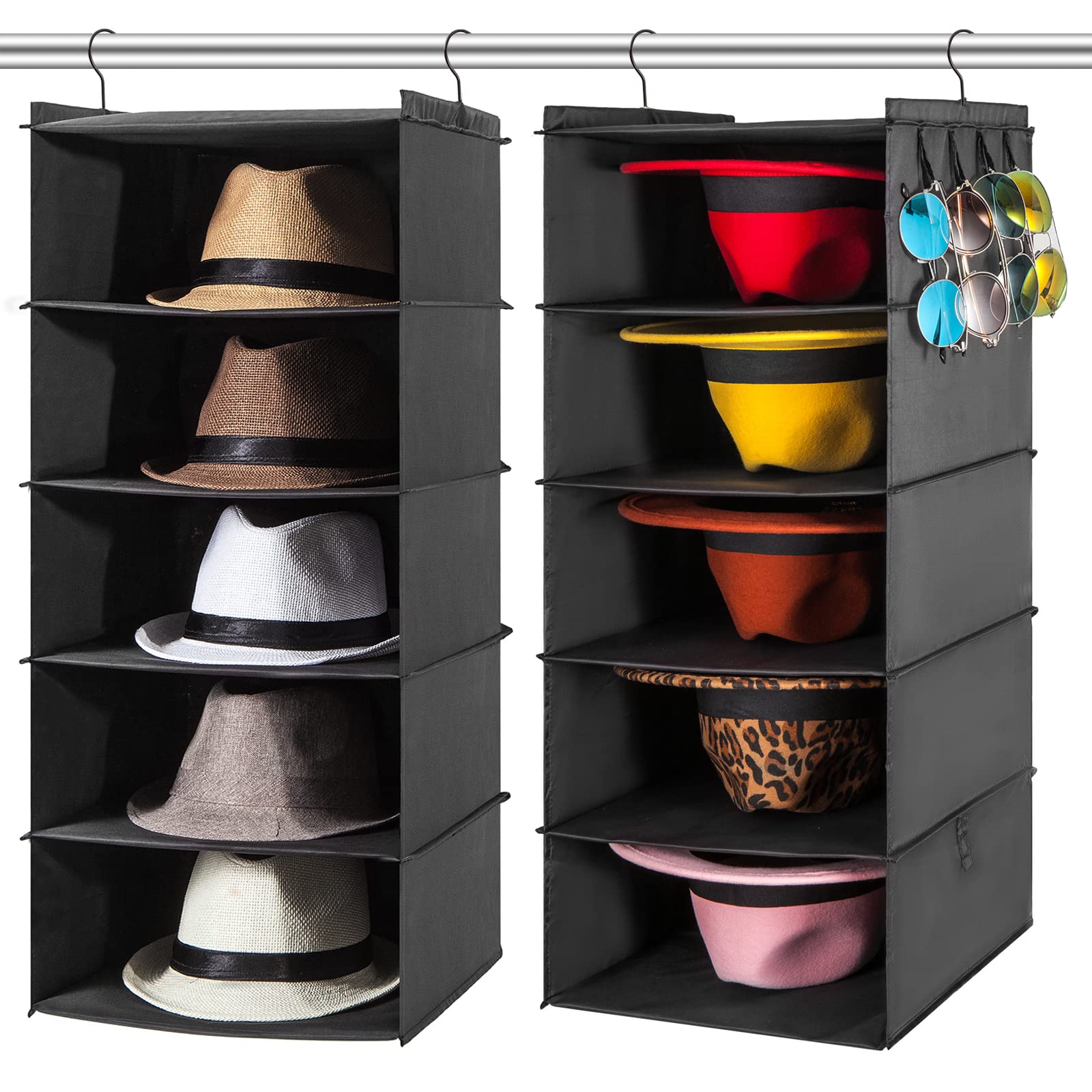


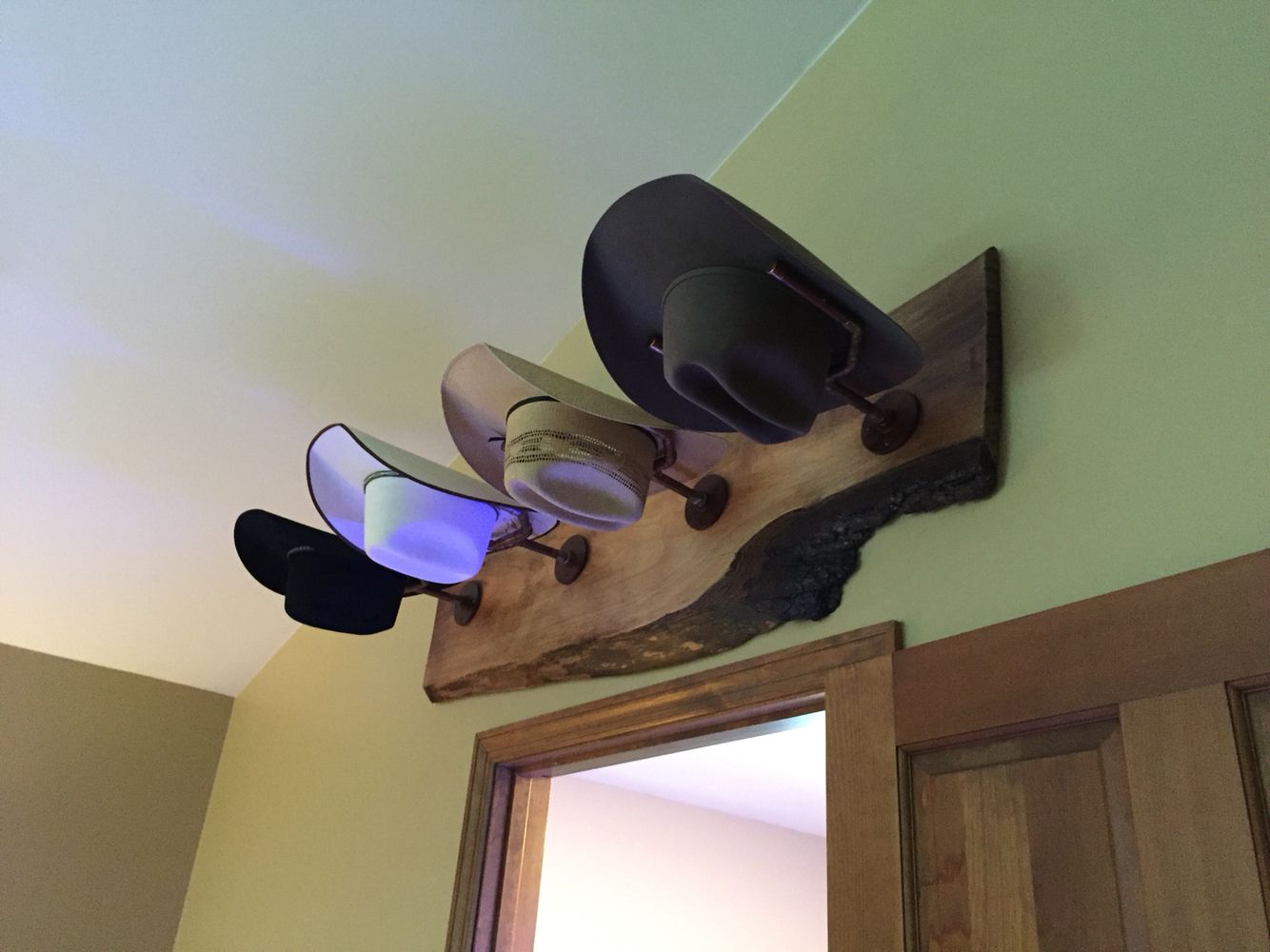

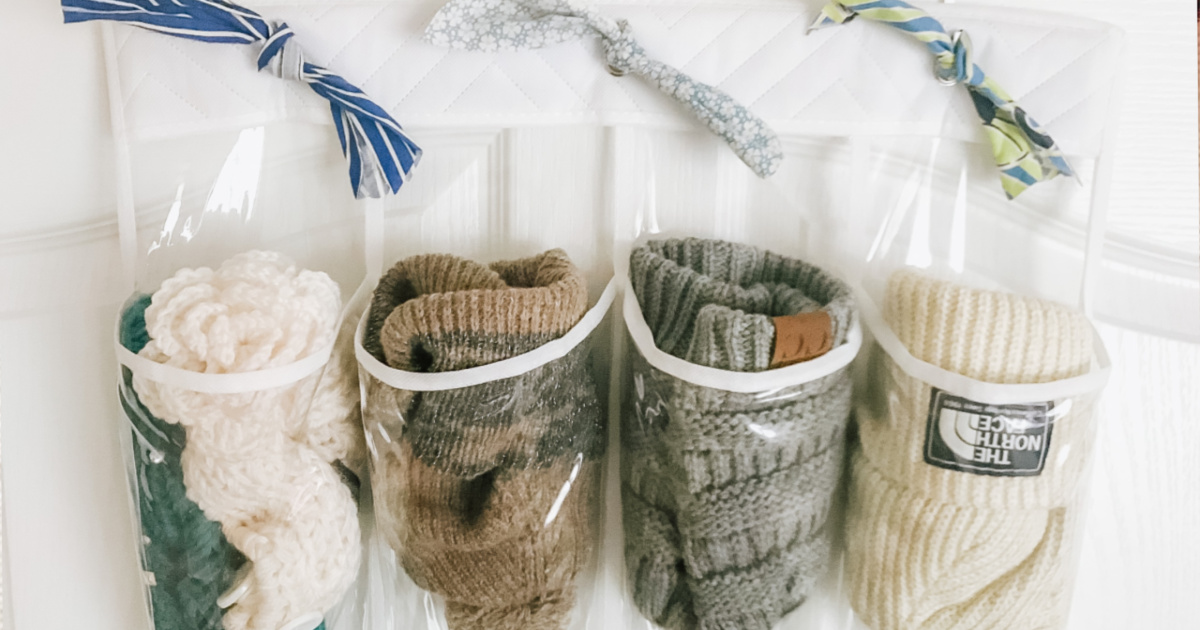
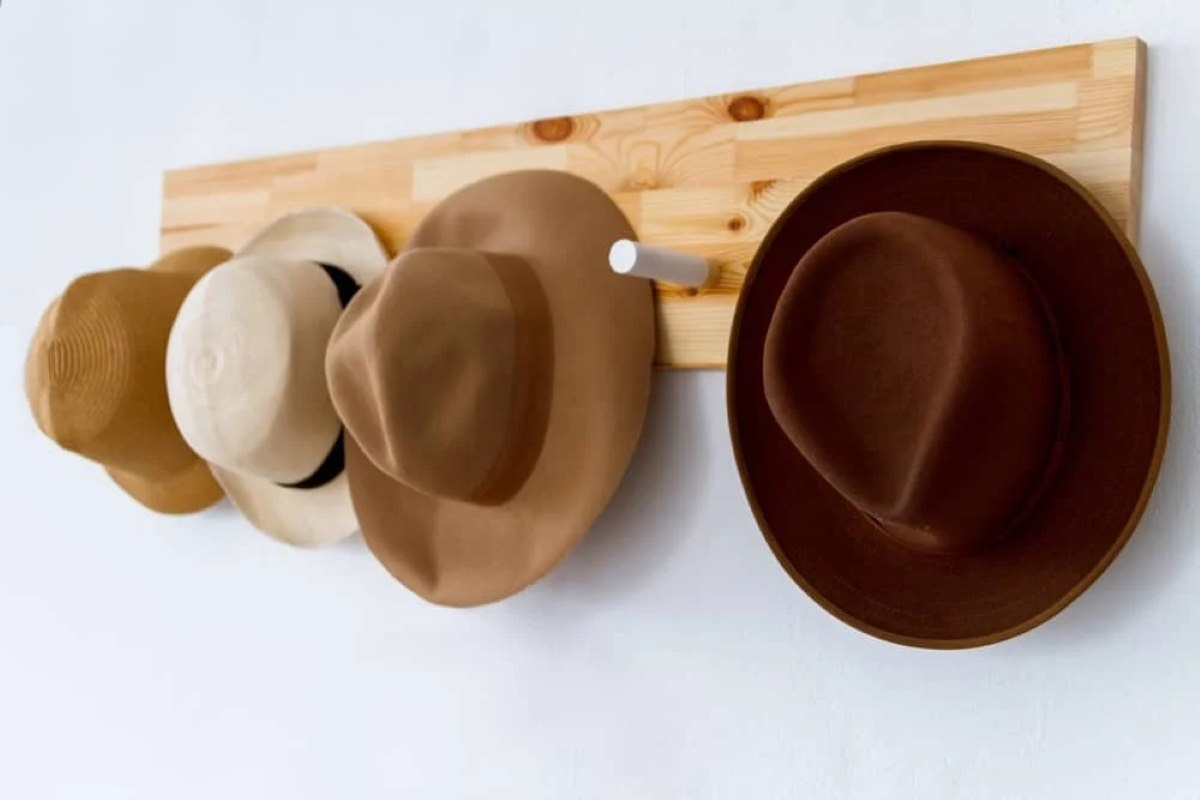
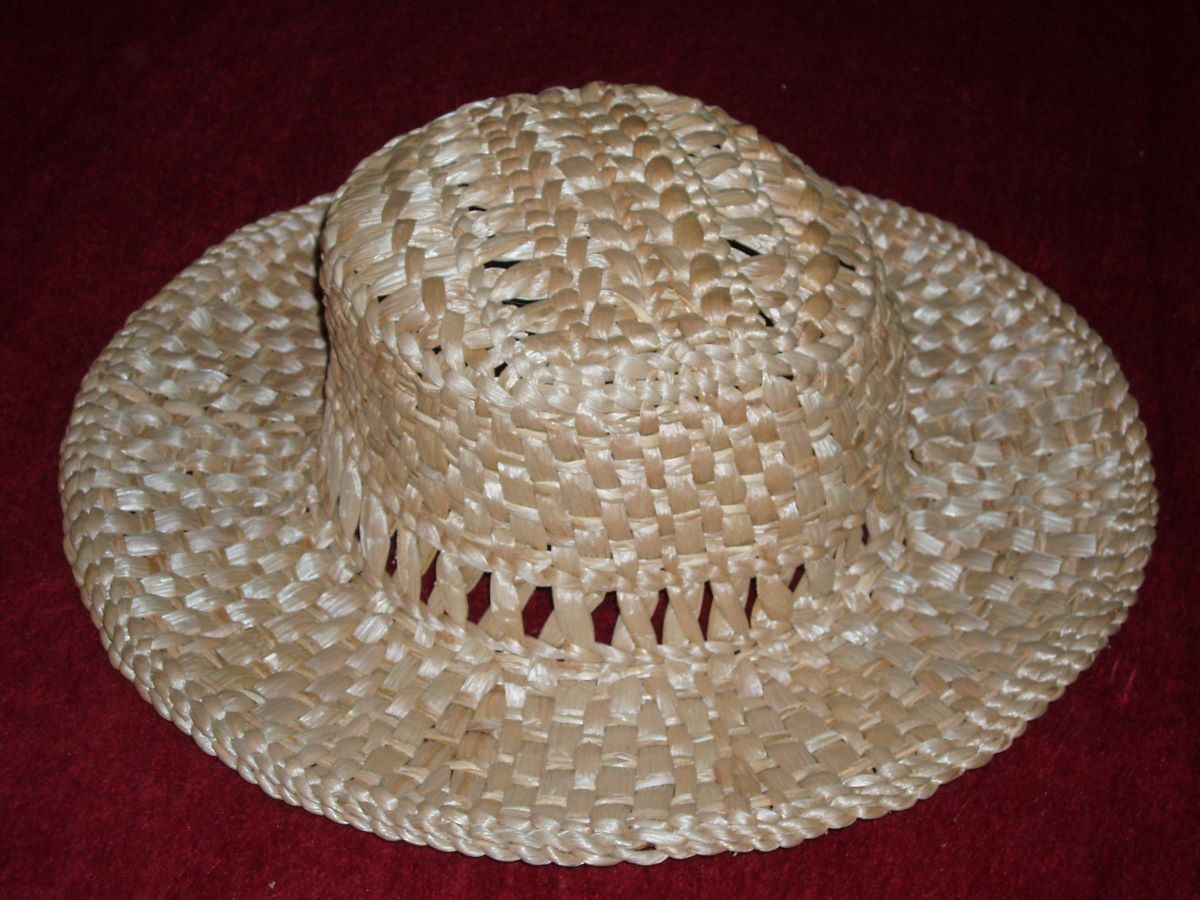

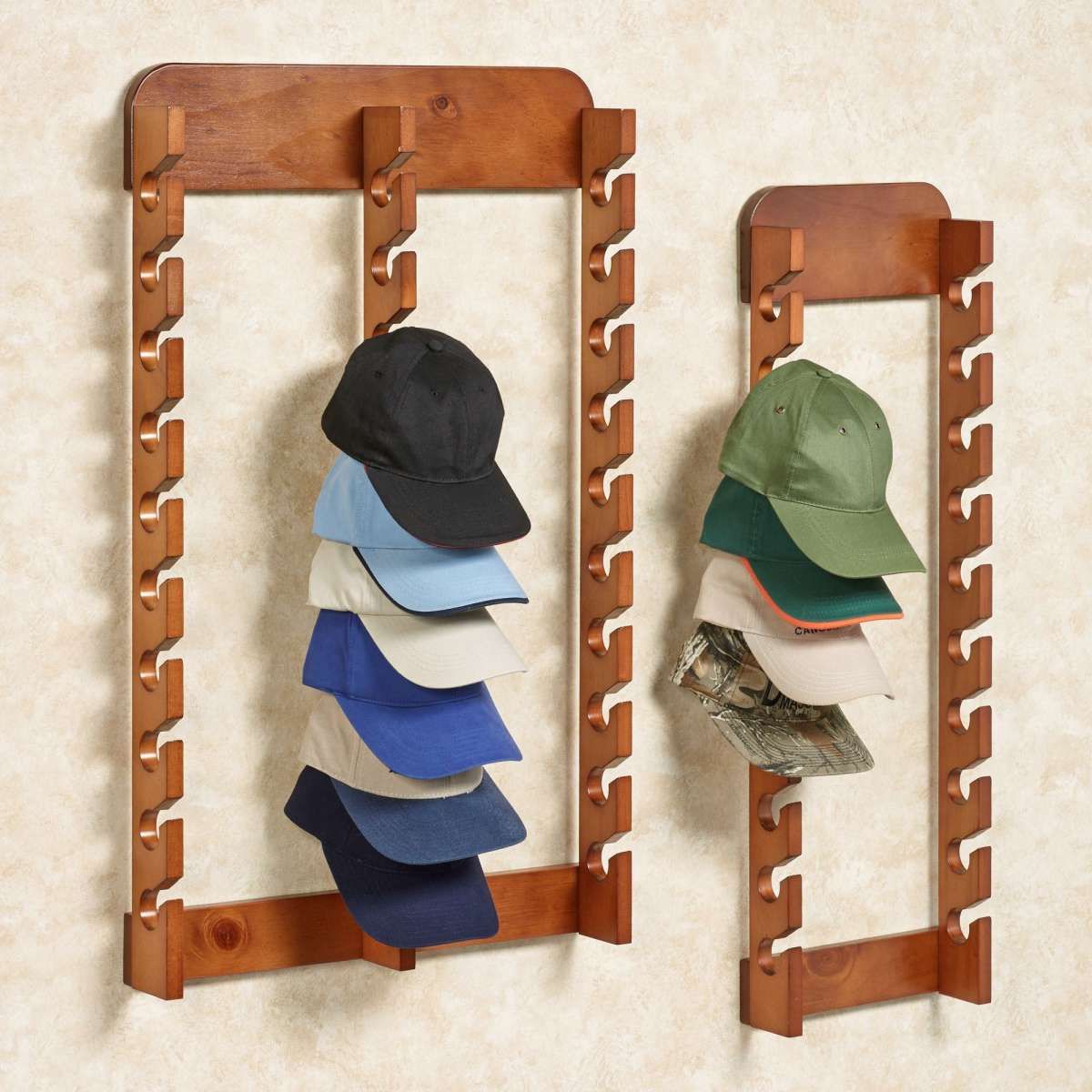
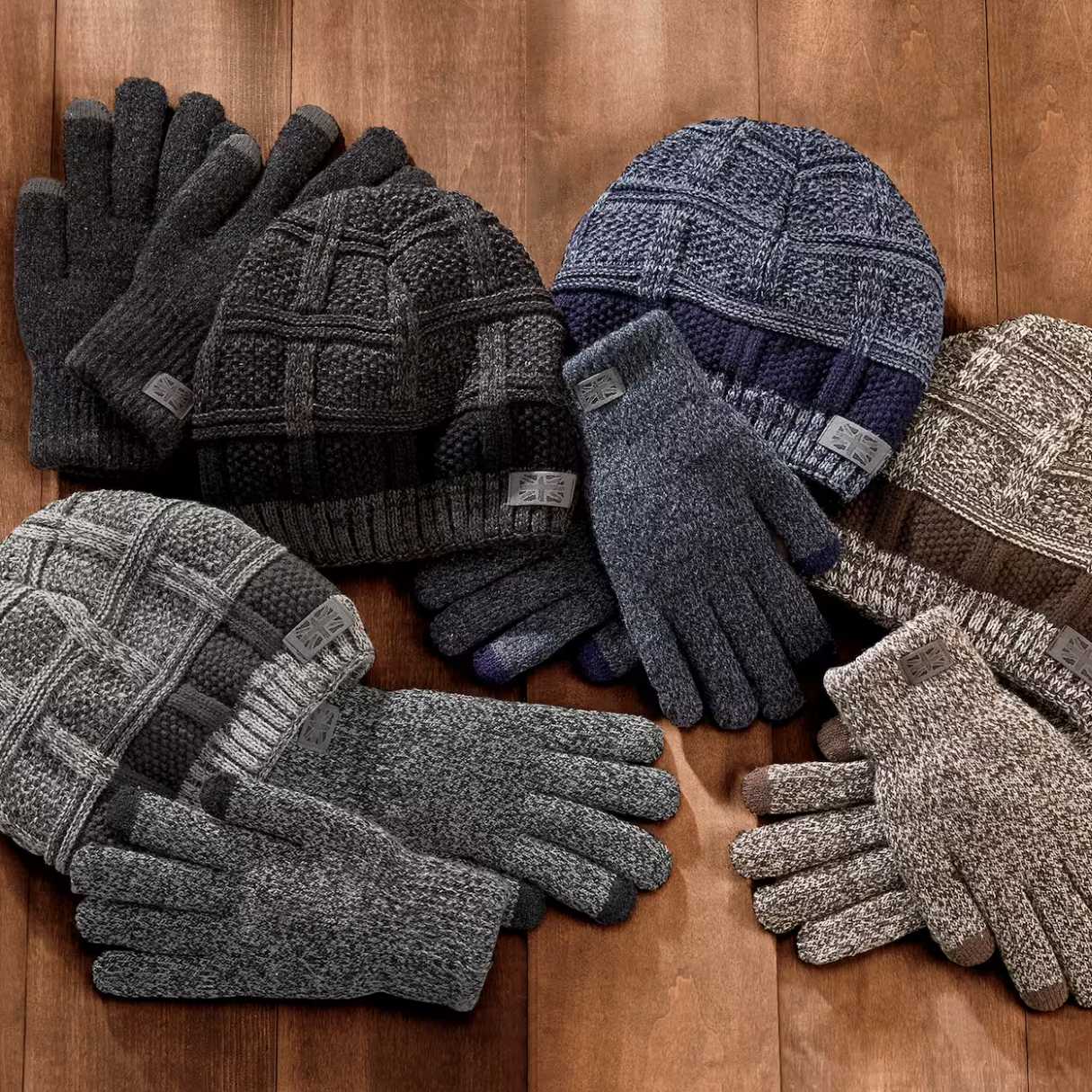

0 thoughts on “How To Store A Hat”